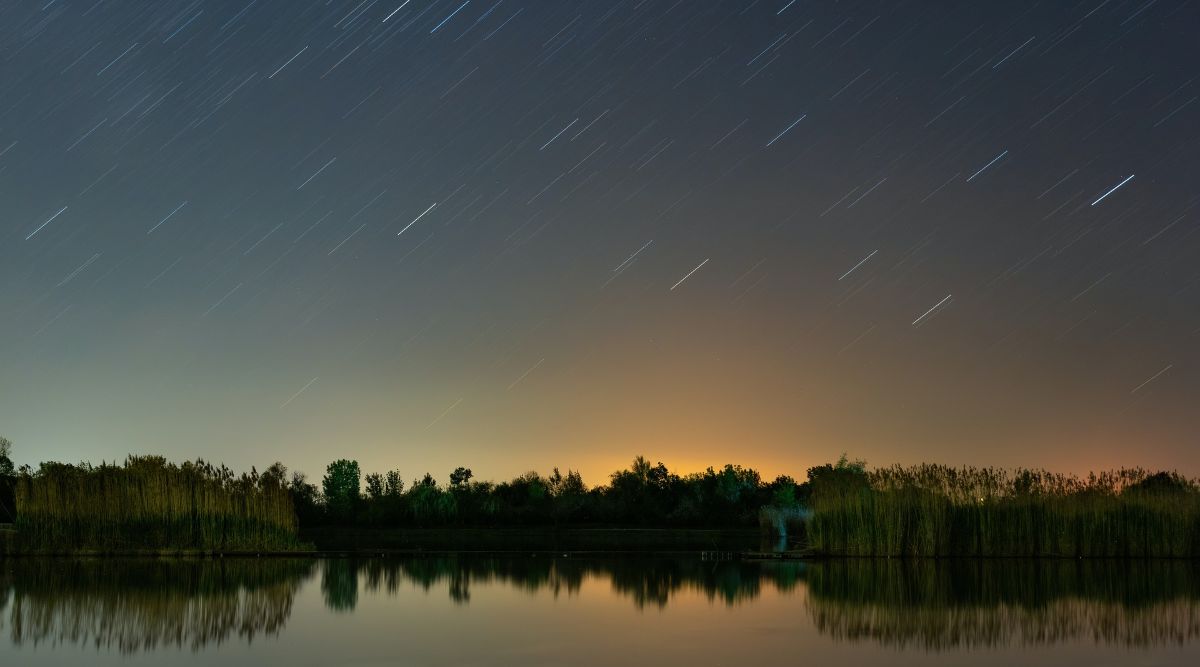Perseid meteor shower 2023
The Perseid meteor shower will be seen on 12 August as the Earth passes through the dustiest debris of comet Swift-Tuttle’s trails. “If you’ve got nice clear weather and a good dark sky, you go out just before dawn and you’ll see a Perseid per minute or so," said meteor scientist Bill Cooke as reported quoted by Associated Press.
The Perseid meteor shower is one of the most famous and active meteor showers that occurs annually in August. Here are some details about the Perseid meteor shower:
Origin: The Perseid meteor shower is associated with the comet Swift-Tuttle (109P/Swift-Tuttle). As Earth passes through the debris left behind by the comet during its orbit, the debris enters Earth's atmosphere and burns up, creating bright streaks of light known as meteors or "shooting stars."
Peak Activity: The Perseid meteor shower typically peaks around August 11th to 13th each year. During this time, the shower produces the highest number of meteors per hour, known as the zenithal hourly rate (ZHR). The ZHR can vary from year to year but is typically around 60-100 meteors per hour under dark and clear skies.
Visibility: The Perseids are known for producing bright and fast meteors, making them a popular meteor shower for observation. They can be seen from both the northern and southern hemispheres, but the northern hemisphere tends to have a better view. Observers in rural areas away from light pollution will have the best chance of seeing a higher number of meteors.
Parent Constellation: The meteors in the Perseid shower appear to radiate from the constellation Perseus, which is how the shower gets its name. However, they can appear anywhere in the sky, not just near Perseus.
Meteor Fireballs: The Perseids are known for producing a significant number of fireballs, which are exceptionally bright meteors that can cast shadows and leave persistent trails in the sky that can last for several seconds.
Meteor Show Duration: The Perseid meteor shower is not limited to just the peak nights. You can often see Perseid meteors a few days before and after the peak. However, the number of meteors will be fewer on these days compared to the peak.
Best Viewing Times: The best time to observe the Perseid meteor shower is during the pre-dawn hours when the sky is darkest and the radiant point (the point in the sky from which the meteors seem to originate) is high in the sky. However, you can start observing as soon as it gets dark in the evening and continue through the early morning hours.
Photography: Photographing meteor showers can be a rewarding experience, but it requires a camera with manual settings and a sturdy tripod. Using a wide-angle lens and a long exposure time (15-30 seconds) can help capture the streaks of meteors across the sky.


0 Comments